Finding science in Philadelphia
You might have already heard that the American Society for Biochemistry and Molecular Biology will hold its 2022 meeting in Philadelphia April 2 – 5. If you think your curious mind will be looking for some fun science, technology, engineering and math–related activities outside the convention hall, look no farther than the top science museums in Philly — a city where many great ideas were born.
Steeped in the history of science, Philadelphia is the home of many firsts in the United States — first hospital (1751), medical school (1765), women’s medical school (1850), college of pharmacy (1821), medical library (1751) and even the nation’s first zoo (1874). Philly also is ranked by SmartAsset as the best city in America for diversity in STEM fields.
Here are a few sites you might want to check out in April.
Mütter Museum

19 S. 22nd Street
Located in the Center City of Philly, the Mütter Museum focuses on medical history, with a vast collection of anatomical and pathological specimens, wax models and antique medical instruments in a 19th century setting that helps visitors understand and appreciate how the human body works. The museum, which started with 1,700 objects and a donation of $30,000, now has grown to house a collection of 25,000 specimens.
Science History Institute
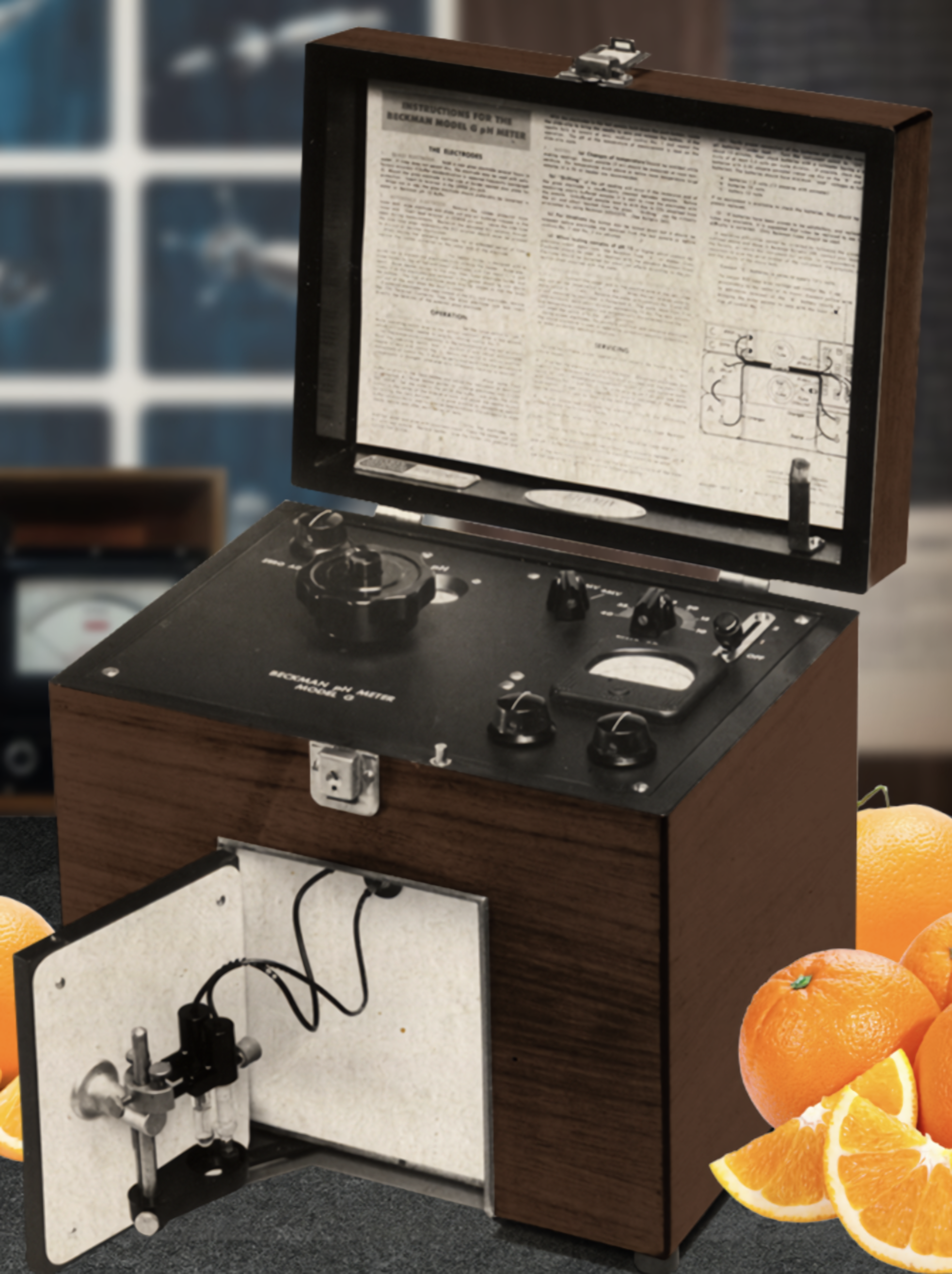 SCIENCE HISTORY INSTITUTE
SCIENCE HISTORY INSTITUTE315 Chestnut Street
Preserving and expanding the knowledge and understanding of chemistry, history and life sciences, the Science History Institute (formally known as the Chemical Heritage Foundation Museum) includes a museum, library, archive and research center. The institute has a collection of some of the oldest landmark instruments, such as a Beckman model G pH meter, Mettler B5 single-pan balance and Perkin-Elmer model 125 infrared grating spectrophotometer. The institute also has varied holdings relevant to the history of chemistry including alchemical books and fine-art depictions of Early Modern alchemists.
The Franklin Institute
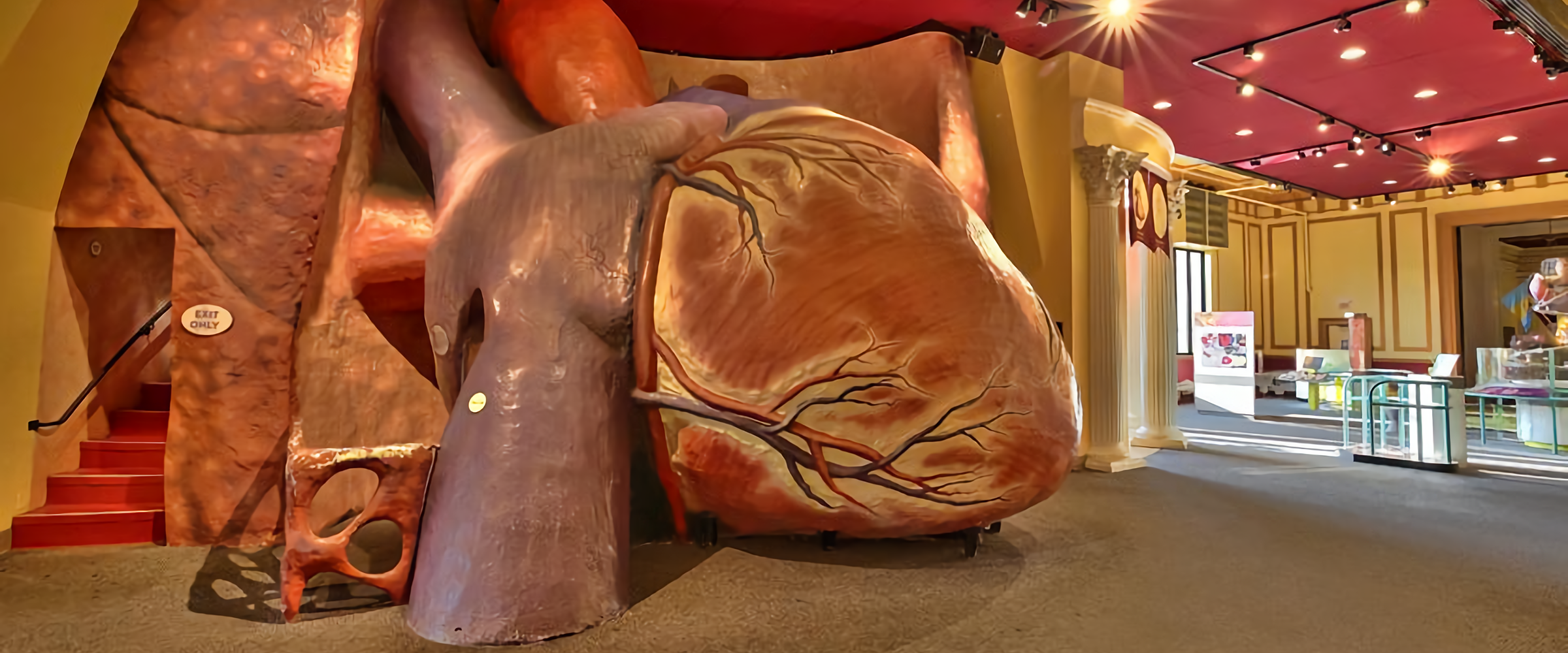
222 N 20th St
The Franklin Institute was founded in 1824 to honor Benjamin Franklin, America’s first scientist and a Founding Father. Boasting an extensive collection of artifacts from the Wright brothers’ workshop, the Franklin Institute Science Museum is one of the nation’s oldest premier centers for science and research. The institute hosts the 10-in-10 Live Science Show with 10 different science demonstrations in 10 minutes. The performances are a blend of chaos and comedy. Interactive exhibits at the institute focus on everything from astronomy to the science behind sports, all with the goal of encouraging learning in a fun way. The institute is the most visited museum in the Commonwealth of Pennsylvania and is also a top-five tourist destination in Philadelphia.
Hill–Physick House
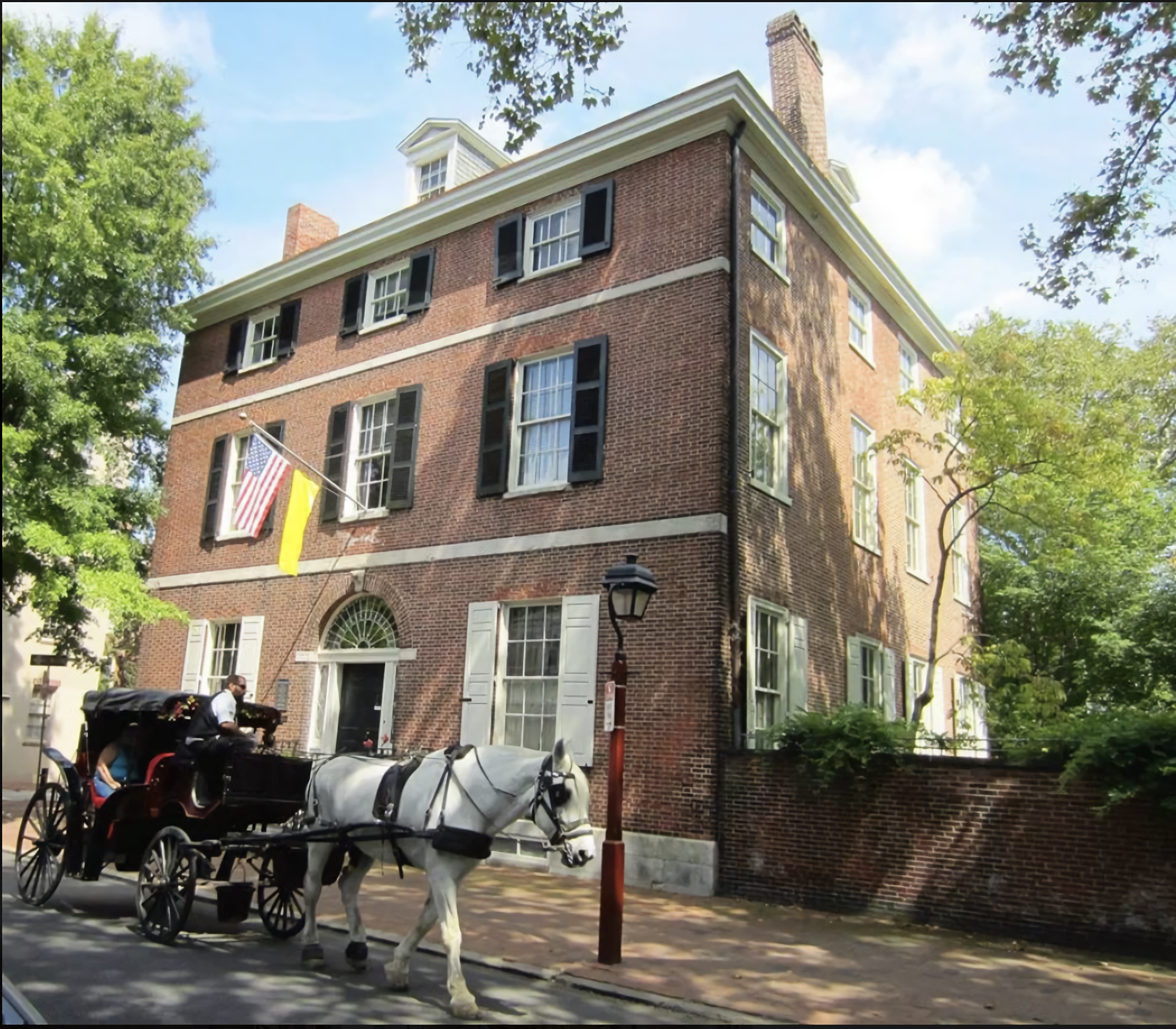
321 S. 4th Street
This historic house museum belonged to the “father of American surgery,” Dr. Philip Syng Physick. The free-standing four-story Federal-style brick house was built in 1786 and was declared a National Historic Landmark in 1976. The house features some of the most interesting artifacts from the life of Dr. Physick and the fascinating melodrama of his personal life, which makes the museum a must visit.
Academy of Natural Sciences of Drexel University
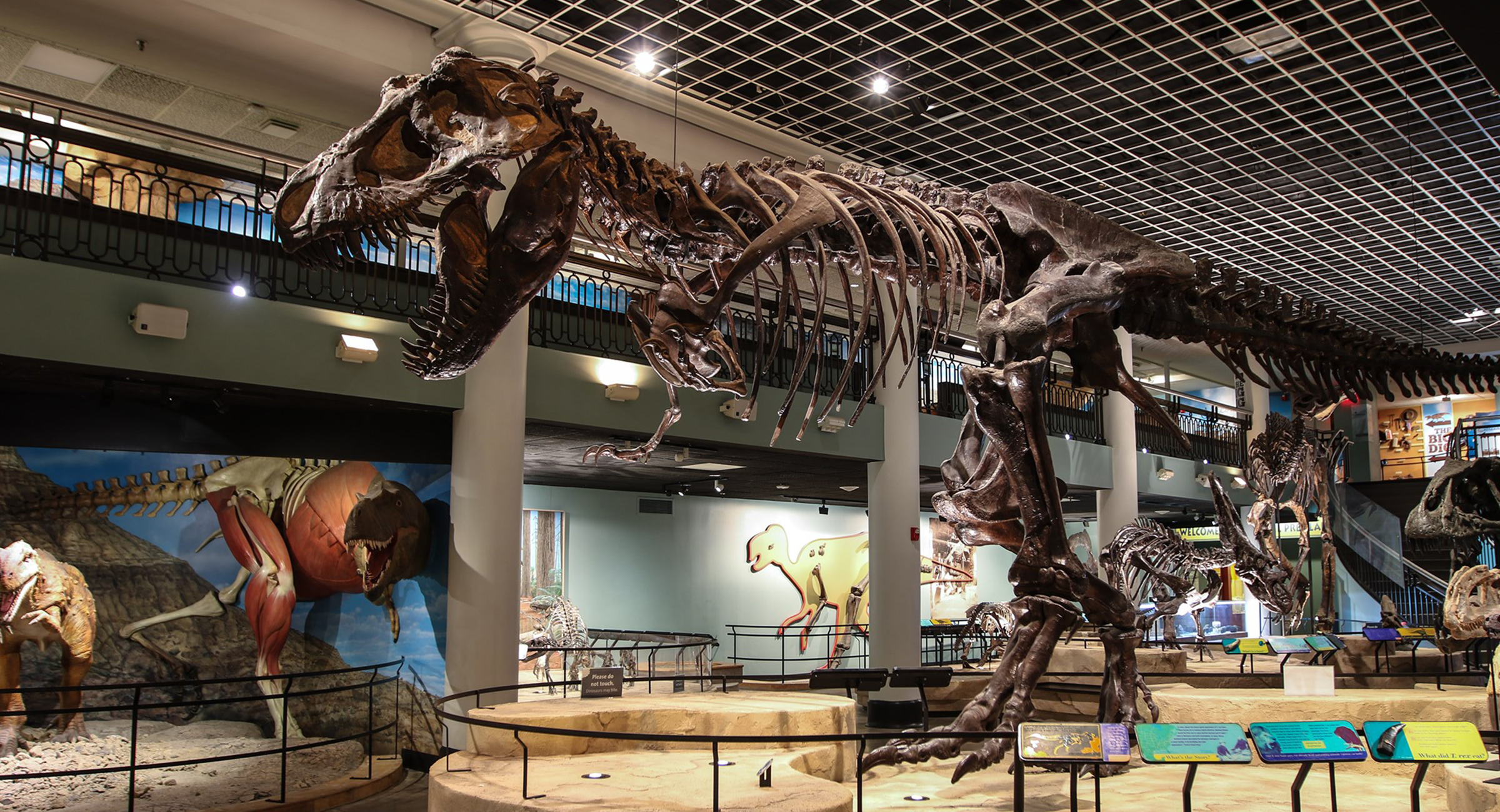
1900 Benjamin Franklin Pkwy.
A world leader in environmental science and biodiversity, the Academy of Natural Sciences of Drexel University is the nation’s oldest natural history museum. The academy’s collection includes more than 18 billion specimens and about 100 living animals.
Penn Museum
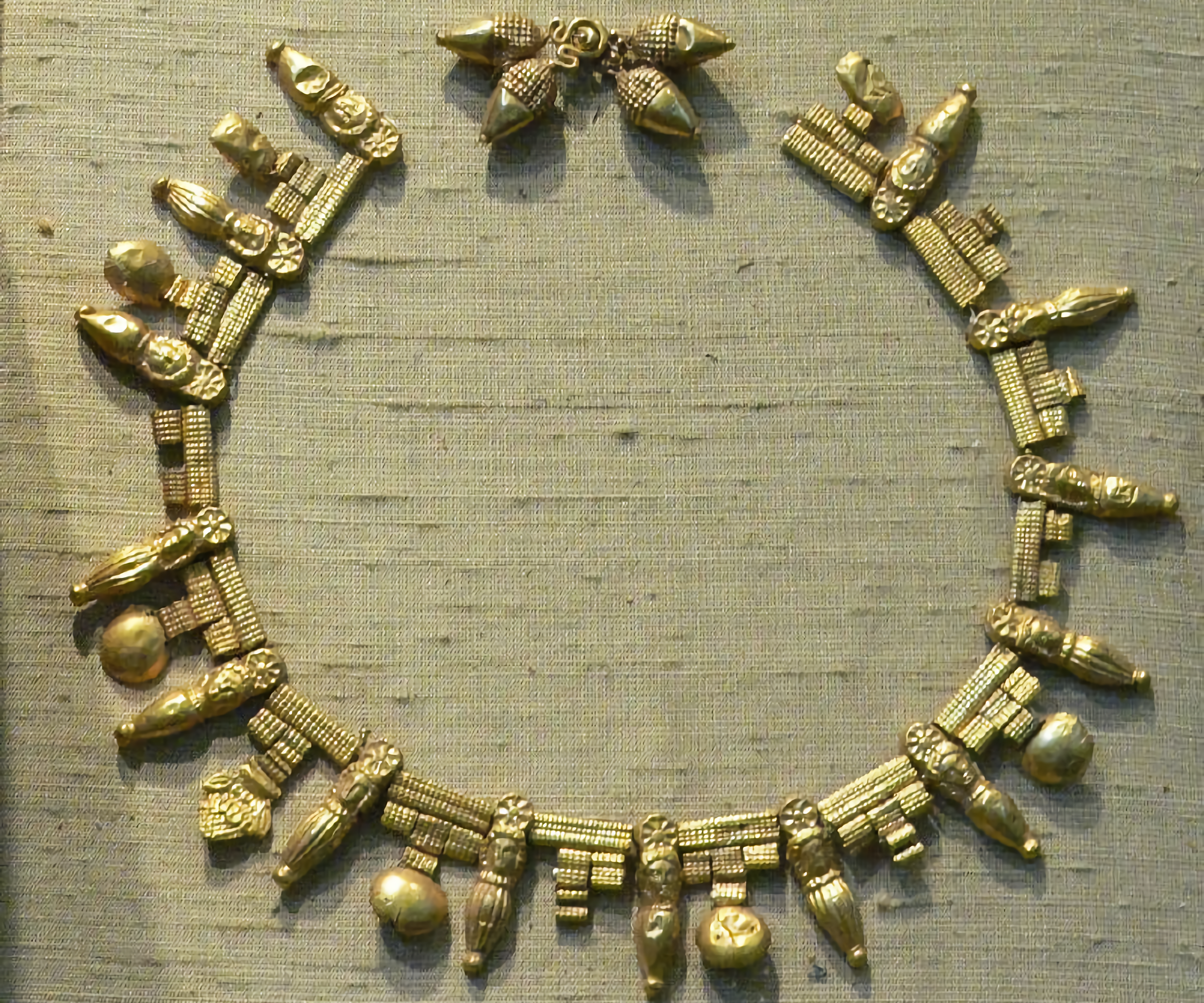
3260 South St.
The Penn Museum has a plethora of archaeological and anthropological collections. Its archives include 2,500 feet of written records documenting more than 300 expeditions to destinations all over the globe. More than 15 galleries exhibit diverse artifacts and objects from around the world and through the ages, celebrating cultural richness and artistic diversity. Penn Museum has an extensive collection of coprolites (fossilized feces of animals that lived millions of years ago). Archaeologists study them to understand the existence of different plant species from long ago.
Enjoy reading ASBMB Today?
Become a member to receive the print edition four times a year and the digital edition monthly.
Learn moreGet the latest from ASBMB Today
Enter your email address, and we’ll send you a weekly email with recent articles, interviews and more.
Latest in Opinions
Opinions highlights or most popular articles

Sketching, scribbling and scicomm
Graduate student Ari Paiz describes how her love of science and art blend to make her an effective science communicator.

Embrace your neurodivergence and flourish in college
This guide offers practical advice on setting yourself up for success — learn how to leverage campus resources, work with professors and embrace your strengths.

Survival tools for a neurodivergent brain in academia
Working in academia is hard, and being neurodivergent makes it harder. Here are a few tools that may help, from a Ph.D. student with ADHD.

Hidden strengths of an autistic scientist
Navigating the world of scientific research as an autistic scientist comes with unique challenges —microaggressions, communication hurdles and the constant pressure to conform to social norms, postbaccalaureate student Taylor Stolberg writes.

Black excellence in biotech: Shaping the future of an industry
This Black History Month, we highlight the impact of DEI initiatives, trailblazing scientists and industry leaders working to create a more inclusive and scientific community. Discover how you can be part of the movement.

Attend ASBMB’s career and education fair
Attending the ASBMB career and education fair is a great way to explore new opportunities, make valuable connections and gain insights into potential career paths.

